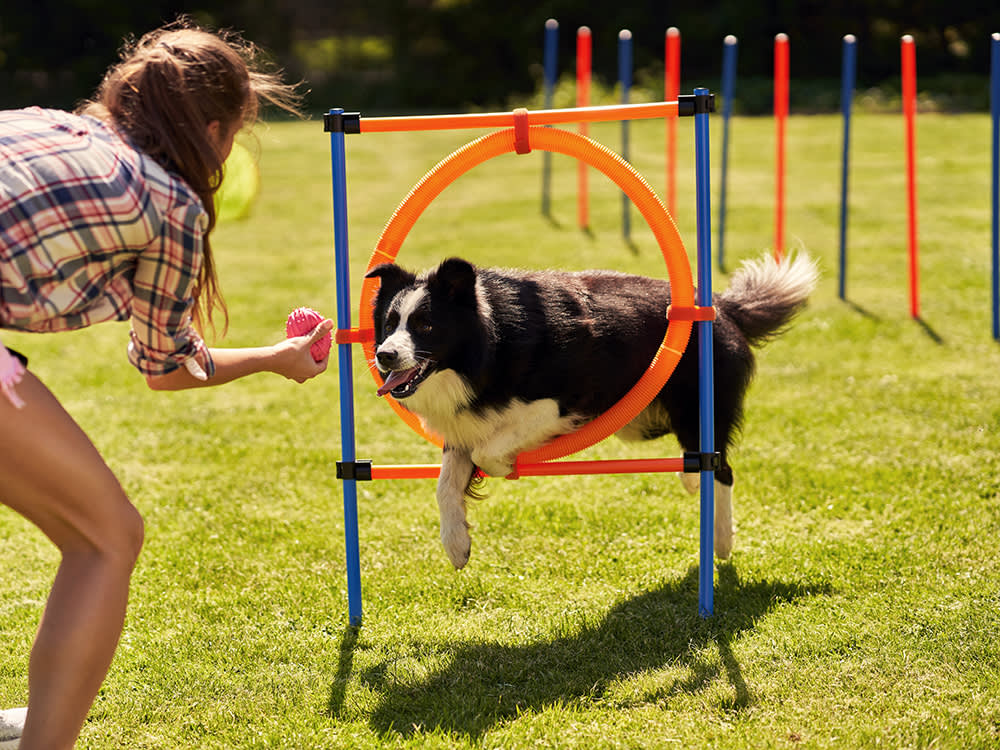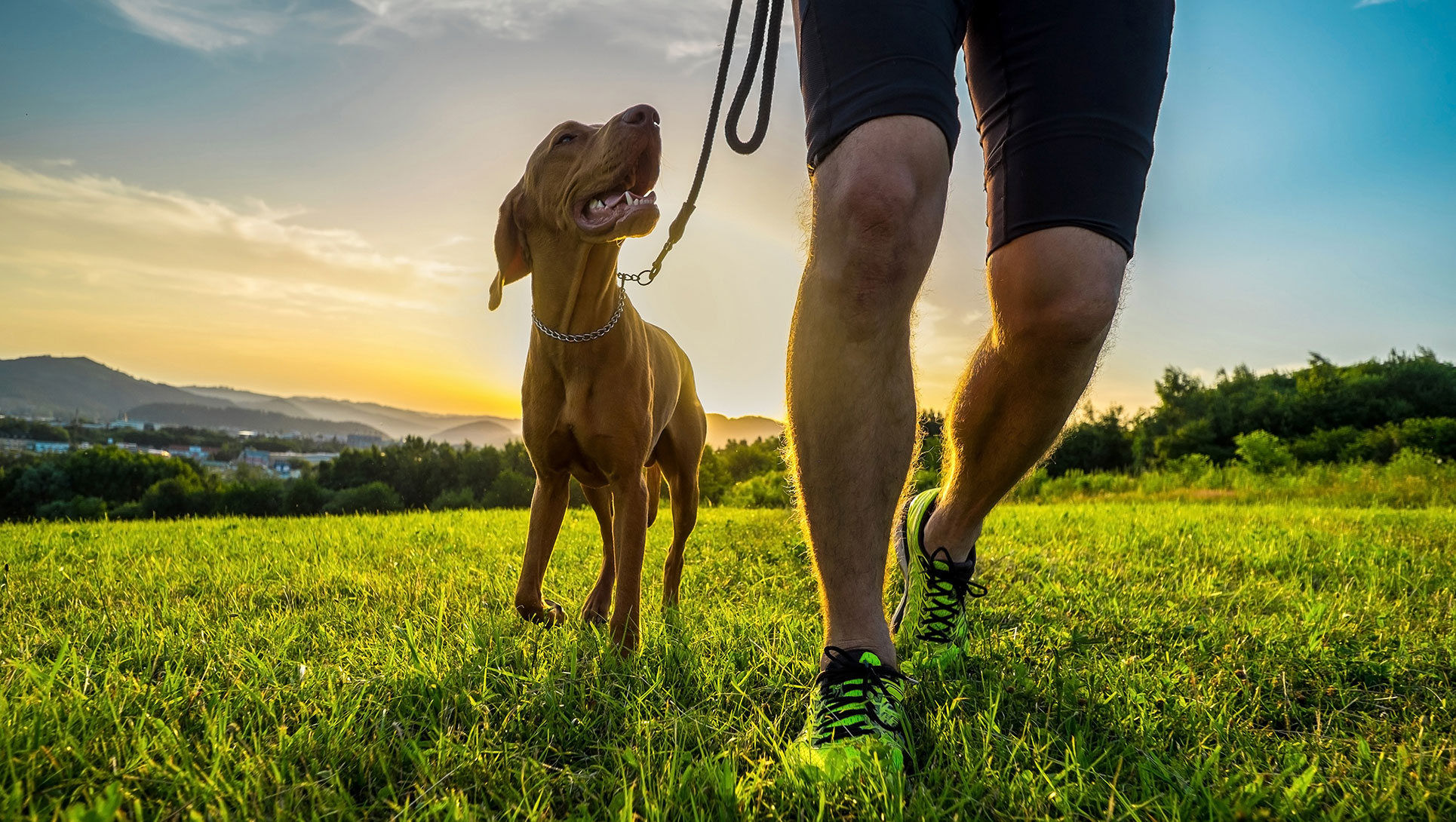Dog Training Techniques to Help Manage Aggressive Behavior in Dogs
Wiki Article
Top Dog Training Strategies Every Owner Should Know

Positive Support Methods
Utilizing positive support strategies is essential for reliable dog training, as it fosters a relying on bond in between the pet and the instructor. This method concentrates on rewarding preferable habits as opposed to penalizing unwanted ones, creating an atmosphere favorable to learning. Benefits can include deals with, appreciation, or playtime, which encourage canines to repeat the habits that gain them these incentives.
Additionally, this approach enhances the pet's interest for training sessions. When canines link training with favorable experiences, they are extra engaged and receptive. Past instant behavior adjustment, favorable reinforcement encourages a collective partnership between the dog and instructor, decreasing anxiousness and anxiety
To make the most of efficiency, it is essential to provide rewards without delay, ensuring the canine connects the behavior with the reinforcement. In essence, positive support techniques not only produce better-trained canines however likewise promote an unified partnership between pet and owner.
Remote Control Training Technique
The remote control training approach is an extremely efficient technique that constructs upon the concepts of positive support by adding an unique noise to mark wanted habits. This technique uses a little portable gadget that creates a clicking audio, allowing trainers to communicate with their pet dogs in a instant and clear fashion. When a pet dog does an actions that the proprietor desires to motivate, the remote control is activated, adhered to by an incentive, typically in the kind of deals with or praise.The secret to effective remote control training exists in uniformity and timing. It is crucial to click at the exact minute the desired actions takes place, making certain that the pet dog connects the sound with the activity and the succeeding reward. This method not only enhances interaction however also fosters a stronger bond between the pet and the owner, as it motivates engagement and communication during training sessions.
Clicker training can be applied to a selection of commands and behaviors, from fundamental obedience to extra complicated methods. Its versatility and performance make it a preferred method among professional trainers and animal owners alike, leading the way for a responsive and trained canine buddy.
Chain Training Essentials
Efficient chain training is essential for guaranteeing a secure and pleasurable walking experience for both canines and their proprietors. Dog training. my sources Chain training must start early and be approached with persistence and consistency. Beginning by selecting an ideal leash and collar or harness. A flat collar may benefit some dogs, while others may gain from a harness that decreases pulling.Present your dog to the leash slowly, allowing them to explore it in a comfy setting. This includes satisfying your pet dog for strolling beside you rather than pulling ahead.
If your pet starts to pull, stop strolling instantly. Wait till they return to your side before returning to. This shows them that drawing does not result in advance. In addition, technique numerous strolling settings to aid your pet adjust to distractions.
Regular practice will certainly strengthen your pet's understanding of leash decorum. Keep in mind that chain training is a recurring procedure; persistence and consistency will certainly yield the best outcomes, promoting a positive experience for both you and your canine friend.
Socialization Methods
Socialization is a critical aspect of canine training that should ideally start throughout puppyhood but can be advantageous at any kind of age. Reliable socialization aids pet dogs establish confidence and minimizes the probability of behavioral concerns. To execute effective socialization methods, expose your canine to a variety of atmospheres, individuals, and other animals.Begin with controlled settings, such as young puppy courses or arranged playgroups, where young canines can communicate safely. Gradually present your canine to new experiences, consisting of various sounds, surfaces, and activities. Make sure these experiences are positive and rewarding to establish a complacency.
For adult pets or those lacking exposure, begin with low-stress circumstances. Short, positive communications with pleasant humans and tranquil pet dogs can develop positive organizations. Use deals with and appreciation to strengthen desirable habits throughout these experiences.

Consistency and Patience
Acknowledging the importance of consistency and persistence in pet training is important for attaining lasting outcomes. Inconsistent training can lead to complication, making it difficult for the canine to comprehend behaviors or commands, inevitably hindering progress.Canines, like people, find out at their own speed. This promotes a relying on connection in between the dog and check these guys out owner, motivating a more passionate and willing learner.
To cultivate consistency and patience, establish a regular training routine, make use of the same commands, and ensure that all go to this website member of the family use the very same training principles - Dog training. By doing so, you create a stable environment helpful to learning, allowing your dog to thrive and develop into a well-behaved buddy
Final Thought
Finally, efficient pet training techniques, such as positive support, clicker training, and correct leash training, are important for cultivating a healthy owner-dog partnership. In addition, implementing socialization approaches and maintaining uniformity and perseverance throughout the training procedure contributes significantly to a dog's general wellness. By incorporating these techniques, pet proprietors can assist in the growth of well-adjusted, obedient pets, inevitably improving the high quality of life for both the owner and the pet.Amongst the most popular techniques are positive reinforcement, clicker training, and leash training, each offering unique advantages that add to a mannerly pet. As we check out these fundamental methods, it comes to be evident that grasping their subtleties can substantially affect the training experience and the pet's total habits.Utilizing positive support methods is important for reliable dog training, as it promotes a trusting bond between the trainer and the pet.In conclusion, effective pet dog training methods, such as positive support, clicker training, and correct leash training, are important for cultivating a healthy owner-dog partnership. By incorporating these methods, dog owners can assist in the development of well-adjusted, obedient family pets, ultimately boosting the top quality of life for both the dog and the proprietor.
Report this wiki page